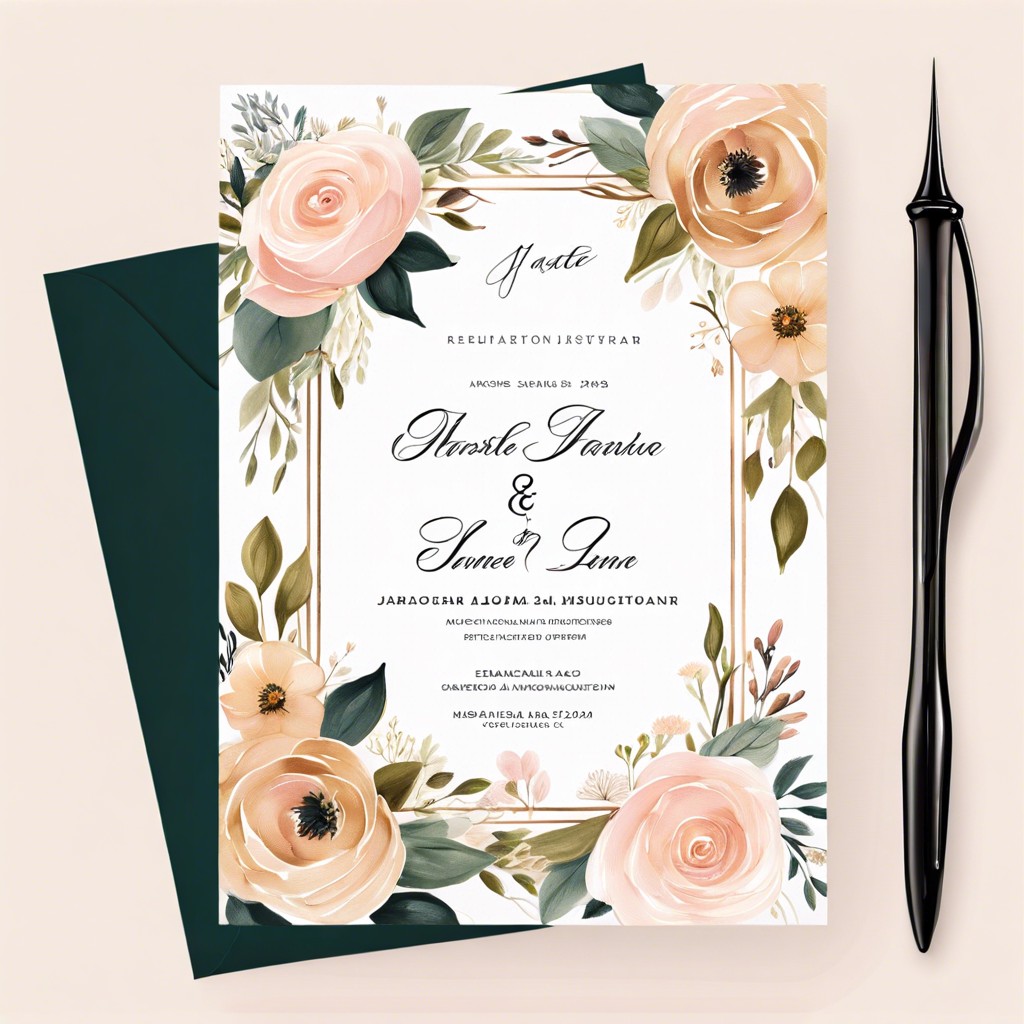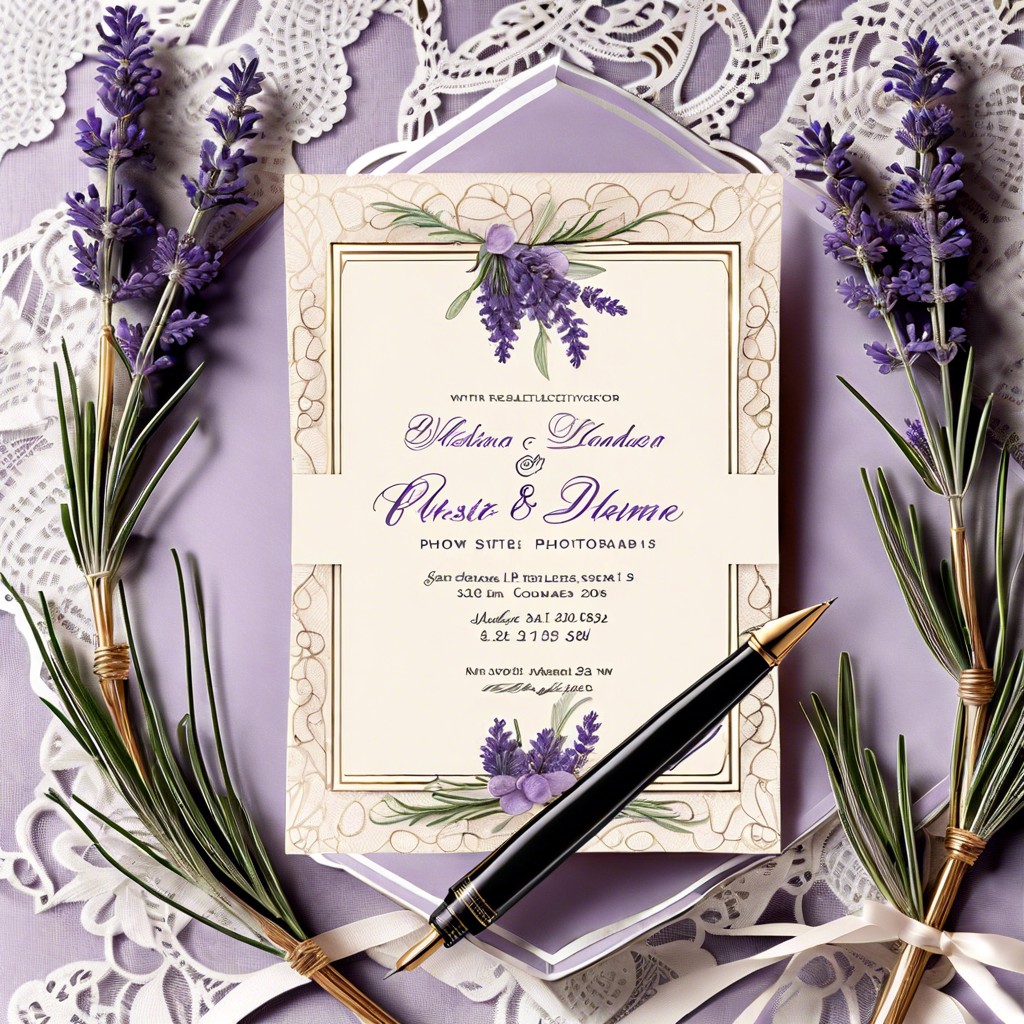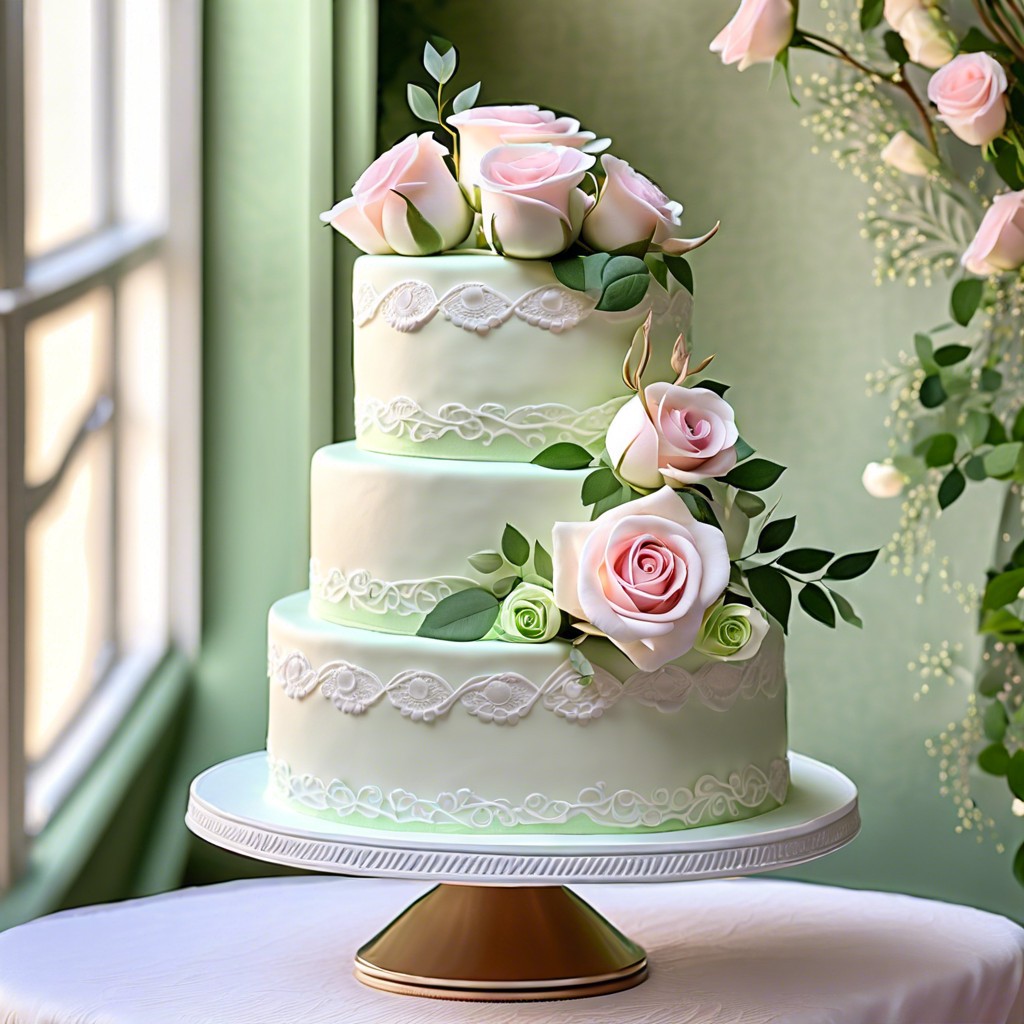Learn what essential elements to include in your wedding invitation for a clear and beautiful announcement of your special day.
Key takeaways:
- Host: Include hosts’ names, consider dynamics and formality.
- Couple’s Names: Include both partners’ names, consider order and titles.
- Date and Time: Clearly present date and time, specify arrival and ceremony.
- Location: Provide full address, consider details and maps for clarity.
- Separate RSVP Card: Simplify response process, provide stamped envelope and deadline.
The Host

Traditionally, the hosts of the wedding—the individuals paying for the event—are the first to be mentioned on the invitation. Often, this was solely the bride’s parents, but as customs evolve, any combination of parents or the couple themselves may serve as hosts.
When wording this part, consider relationship dynamics and the desired level of formality. For parents as hosts, use formal titles followed by the parent’s names. If the couple is hosting, “Together with their families,” is a common, inclusive phrase.
Keep the structure clear to avoid confusion; aim for readability and consistency with the invitation’s overall tone. If divorced parents are hosting together, ensure their names appear on separate lines or with an ‘and’ connection.
Whether it’s a single parent, a stepparent, a communal effort, or the pair hosting, always aim to honor these roles respectfully in the wording chosen.
The Names of Couple
Including both partners’ names on the invitation is paramount as it indicates who is getting married. Traditionally, the bride’s name precedes the groom’s, but modern invitations often place names alphabetically or in the order that sounds best. For same-sex couples, choose an order that feels comfortable or is aesthetically pleasing. In situations involving other partners, like stepchildren, it’s thoughtful to include them to signify the union of families. If either party has a title, it should be included, demonstrating respect for their achievements. Lastly, if parents or families are hosting, their names should be featured prominently above the couple’s, as a nod to their role in the event.
The Date and Time
Clearly presenting the date and time on your wedding invitation is crucial. It allows guests to arrange their schedules and make necessary preparations, like travel and accommodation. To avoid any confusion, use numerals for the time and spell out the month, day, and year. For example, “Saturday, the seventh of May, two thousand twenty-three, at half-past four in the afternoon” conveys a formal tone.
Consider including the time for when you’d like guests to arrive and a separate time for when the ceremony will actually begin. This can be helpful if your venue is large or if transportation between venues is necessary.
If your wedding spans multiple days or includes events other than the ceremony and reception, think about adding an itinerary or events card. This can outline welcome dinners, post-wedding brunches, or any other gatherings to ensure guests are informed.
The Location
Including the full address of your wedding venue is crucial in ensuring that guests can find the location with ease. Don’t forget to mention specific details if your venue is large or has multiple entrances; for example, “The Grand Ballroom at The Estate.” If your wedding ceremony and reception are at different places, provide the addresses for both. Consider adding a small map or a link to an online map for additional clarity. In the case of a destination wedding, providing information on the nearest airports or recommended transportation options would be very helpful for out-of-town guests. For those who might be unfamiliar with the area, a brief mention of nearby landmarks can serve as useful points of reference.
Separate RSVP Card
Including a separate RSVP card in your wedding invitation suite serves several practical purposes. It simplifies the response process for guests by providing them with a dedicated card to confirm their attendance. This card should feature a line for the guests to write their names, and check boxes or a line for them to indicate whether they will attend.
To ensure a smooth reply process, include a stamped and pre-addressed return envelope. This gesture encourages prompt responses and shows consideration for your guests’ convenience. Always set a clear deadline for RSVPs to facilitate accurate headcount for catering and seating arrangements. It’s also considerate to offer an alternative method of response, such as an email address or phone number, catering to varying preferences and ensuring you account for all invitees.



